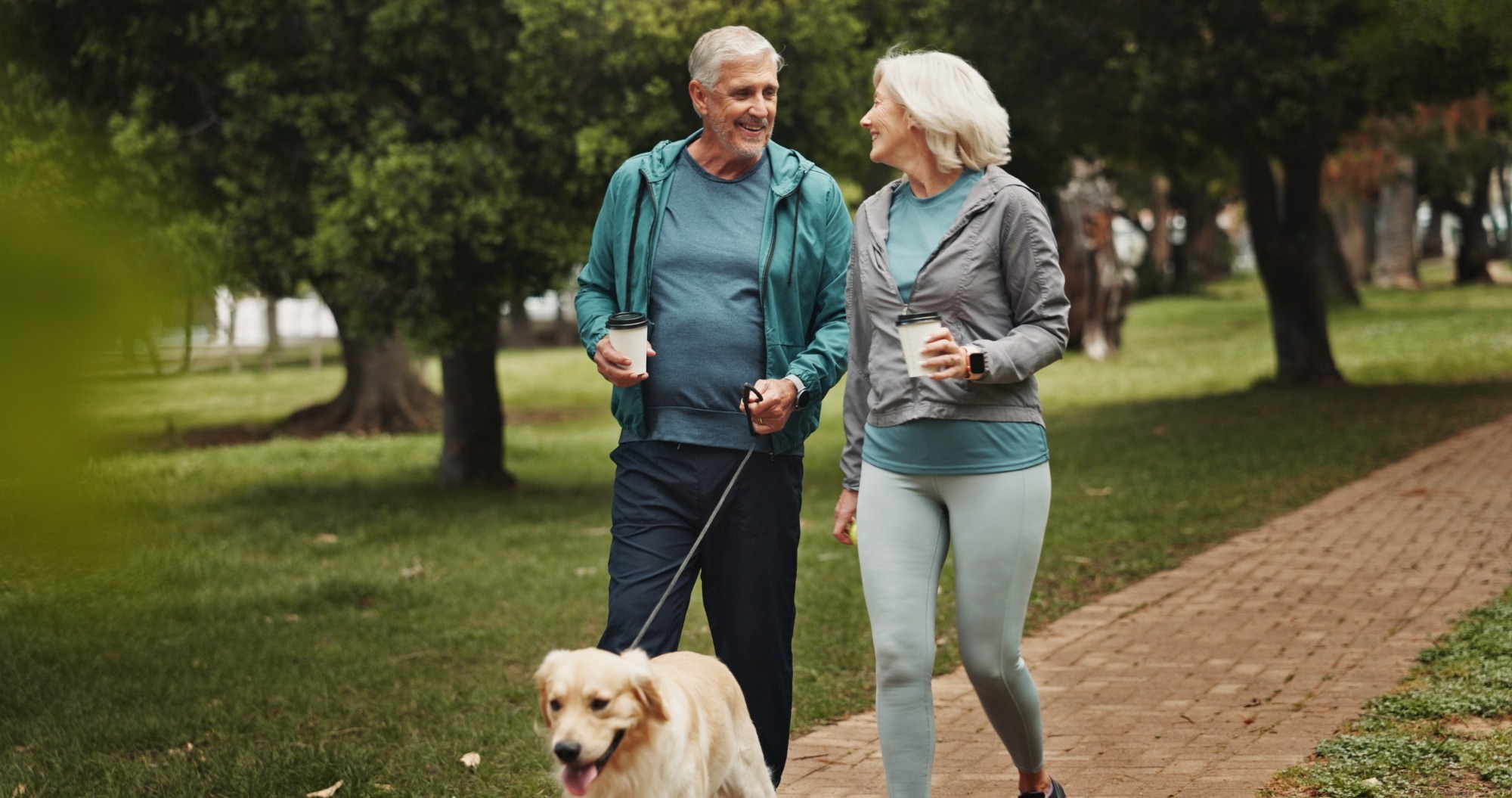A large UK Biobank study reveals that simply picking up your walking pace could be a powerful, low-cost way to protect bones and prevent fractures, regardless of your genetic risk.
 Study: Walking pace and its association with osteoporosis and pathological fractures: insights from UK biobank. Image credit: PeopleImages.com - Yuri A/Shutterstock.com
Study: Walking pace and its association with osteoporosis and pathological fractures: insights from UK biobank. Image credit: PeopleImages.com - Yuri A/Shutterstock.com
A recent study in Frontiers in Endocrinology examined the association between osteoporosis and usual walking pace, and considered potential interactions with genetic vulnerability.
Walking habits and common age-related diseases
Osteoporosis is characterized by reduced bone mineral density (BMD), increased fracture susceptibility, and microarchitectural deterioration. UK data showed that about 2.8 million individuals aged 50 and above suffered from osteoporosis in 2017. Given the rising economic and health burden posed by osteoporosis, it is essential to develop prevention strategies.
While existing research has highlighted the beneficial role of increasing physical activity in reducing osteoporosis rates and maintaining BMD, it predominantly considers resistance training and high-intensity activities. The existing literature indicates that walking pace is informative, as it can help predict the future prevalence of certain diseases in a population.
Walking pace is also closely related to many common diseases. A brisk walking pace is associated with a lower risk of chronic obstructive pulmonary disease (COPD), type 2 diabetes (T2D), heart failure, and Alzheimer’s disease. Conversely, a slow walking pace is associated with a higher risk of these diseases.
In patients with Parkinson’s disease, brisk walking has been shown to enhance cognitive function. These findings suggest a potential relationship between aging-related diseases and walking pace. Specifically, there is limited research on the association between osteoporosis, a common age-related condition, and walking pace.
About the study
The current study utilized data from 348,334 UK Biobank participants to examine the link between walking pace, estimated bone mineral density (eBMD, measured using heel ultrasound rather than DXA), and osteoporosis and assess the correlation between genetic susceptibility to osteoporosis and walking pace.
Data on participants, predominantly between 40 and 69 years old, were collected. The key variables of interest were usual walking pace, BMD, osteoporosis incidence, and genetic vulnerability. A walking speed of under 3 miles per hour was characterized as a slow walking pace, between 3 and 4 miles per hour was considered a normal pace, while exceeding 4 miles per hour was considered a brisk pace.
Data on covariates, including demographic, socioeconomic, lifestyle, and genetic factors, were also collected. A combination of Cox proportional hazards regression models, linear regressions, and stratified analysis methods was used to assess the correlations.
Study findings
The sample's slow, normal, and brisk pace were 6.5%, 52.8%, and 40.7%, respectively. Participants in the slow pace category were more likely to be female, older, of non-European ethnicity, with lower educational attainment, higher body mass index (BMI), lower physical activity, higher smoking rates, and lower alcohol consumption than the normal pace group. The baseline characteristics of the study population in the brisk pace group were exactly opposite to those of the slow pace group.
The multiple linear regression analysis showed that a slower walking pace was associated with lower BMD, while the effects were opposite for brisk walking. Relative to normal pace, there was a significantly higher correlation between osteoporosis and slow walking pace, as evidenced by the results from the binary logistic regressions. On the contrary, a brisk walking pace correlated with a reduced likelihood of osteoporosis.
Over the entire follow-up duration, after adjusting for BMI, age, and sex, a significant correlation was noted between a heightened risk of osteoporosis and fractures and a slower walking pace. Conversely, a lower risk of osteoporosis and fracture was associated with brisk walking pace.
For example, compared with normal pace, slow walkers had about 2.18 times higher risk of osteoporosis and 2.25 times higher risk of fractures, while brisk walkers had a 13-25% lower risk. The positive association between osteoporosis risk and walking pace was not modified by excluding individuals with a baseline history of osteoporosis for two years or more.
Sub-group analysis showed that males had a stronger association between walking pace and osteoporosis than females. The adverse effects of slow walking were stronger in individuals with normal and underweight BMI, relative to overweight and obese subgroups. The relationship between walking pace and osteoporosis risk remained similar across groups created by physical activity, smoking, and alcohol consumption.
The study found a significant interaction between genetic susceptibility and walking pace concerning osteoporosis risk. Among individuals with lower genetic predisposition, slow walkers had a higher risk of osteoporosis, while brisk walkers had a lower risk than those walking normally. Conversely, in the high genetic predisposition group, the effects of osteoporosis risk were less pronounced for slow and brisk walkers.
Notably, the study found that walking pace remained an independent predictor of osteoporosis risk regardless of genetic background.
Conclusions
The results demonstrate a close association between walking pace and osteoporosis and fracture incidence risk. Therefore, encouraging individuals to walk at an elevated pace could aid in the prevention of osteoporosis.
A key limitation of the study is that it only establishes correlations and does not shed light on the causal mechanisms. As walking pace was self-reported, measurement variability and recall bias could also exist. In addition, the dataset lacked information on fracture sites, limiting site-specific conclusions.
Download your PDF copy now!